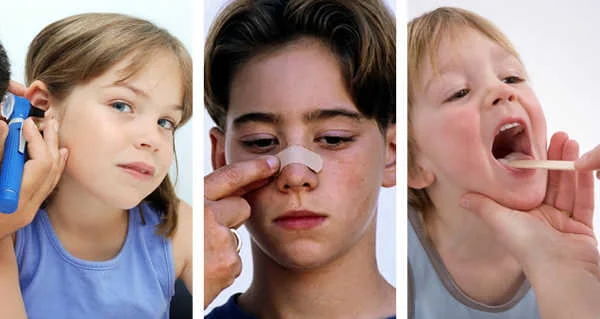Ear Nose Throat(ENT)
Introduction
Ear Nose Throat(ENT)
The department of General Medicine deals with the prevention, diagnosis and non-surgical treatment of various diseases. It serves as the first point of contact whenever a patient visits the hospital. A general physician conducts a physical examination of the patient and then recommends necessary tests and diagnostic procedures. The results of these tests, the general physical examination and symptoms are then correlated to arrive at a final diagnosis. Depending on the final diagnosis, the general physician gives the necessary treatment (usually medication) to the patient or refers to a specialty department for further treatment. The department of general medicine at Six Sigma Hospital is favored by a multitude of people owing to the fact that is a convenient one-stop-solution. Add to this, the presence of talented specialists, modern diagnostic services and a 24-hour pharmacy go on to make this the all-round solution that patients seek.
- ENT surgeons use many different surgical procedures including:
- insertion of grommets for glue ear – this involves a very small incision in the ear drum and is typically carried out on children. The grommets help to ventilate the middle ear and resolve middle ear effusions
- tonsillectomy (removal of tonsils) or adenoidectomy (removal of adenoids), most often in children
- septoplasty – correction of nasal septum to prevent obstruction and enable clear breathing
- microlaryngoscopy – a short metal tube (laryngoscope) is inserted into the larynx (voice box). This is used for examination and can also be used to perform a biopsy or surgery
- oesophagoscopy – a long metal or flexible tube (oesophagoscope) is inserted through the mouth into the oesophagus
- endoscopic sinus surgery – a tiny telescope is inserted into the nasal passages to diagnose and treat difficult sinus conditions. Technically refined instruments are then used to restore proper function
- tympanomastoid surgery to reconstruct and remove epithelial inclusions (cholesteatoma) within the middle ear
- open operations to remove neck lumps, and salivary gland tumours
- tracheostomy
ENT surgery has been at the forefront of the latest medical technologies and minimally invasive procedures are common. This has many benefits including less scarring and shorter recovery periods
Treatment
Ear conditions include:
- otosclerosis (a condition of the middle ear that causes hearing loss) and other problems with hearing and deafness
- otitis media with effusion – a common condition of childhood (also known as glue ear) in which the middle ear becomes blocked with fluid
- age related hearing loss
- tinnitus (ringing in the ears) and eustachian tube dysfunction
- dizziness and vertigo
Nose conditions include:
- sinus infection and rhino-sinusitis, including in children
- nasal injuries
- nasal polyps
- tumours of the nose
Throat conditions include:
- adenoid problems – surgical removal of these small glands in the throat at the back of the nose is sometimes needed and is usually performed in childhood
- tonsillitis, sometimes requiring surgical removal of the tonsils, usually in childhood
- hoarseness and laryngitis


